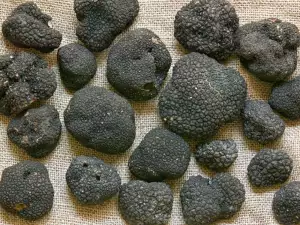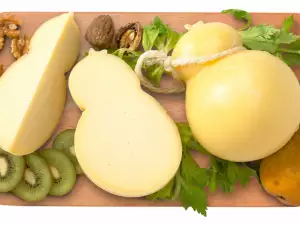Lemongrass is also known as citronella grass. It has a distinct and fresh lemon flavor and over 50 varieties. It is widespread throughout the tropics and temperate zones. A perennial herb, it has long and sharp leaves. The above ground parts of the leaves are used.
Lemongrass has many uses but is most often used in the kitchen. It can be used fresh, dried or powdered. If you decide to utilize its strong flavor, it is best to get it fresh, since then it is most well expressed.
To release the flavor, hit the delicate light green stalks of lemongrass with the dull side of the knife. Only then should you use it for cooking and tea. Large pieces or whole stalks are used in the preparation of certain dishes by adding and then removing them once the dish is ready.

The flavor is lost in powdered lemongrass. Dried powdered lemongrass is used for drinks. It can be stored in the refrigerator in plastic bags for 2 to 3 weeks, and in the freezer for up to 6 months.
Lemongrass is most popular in Indian, Vietnamese and Thai cuisine. In Africa and Latin America, it is mainly used to make tea. It is suitable in the preparation of soups, fish, seafood and poultry. It is not recommended for wild game.
Lemongrass goes well with oysters, St. John's wort, basil, crabs, mussels, chili peppers. In the most exotic of recipes, it accompanies anchovies, ginger, garlic, turmeric, coriander, onions.

Besides in the kitchen, lemongrass enjoys wide popularity in cosmetics. Essential oils are derived from it, which are extremely beneficial in the treatment of flu, cold, fatigue, stress, repelling insects and others.
Not only is it extraordinarily healthy, lemongrass is easy to cultivate. You can grow it at home. Use tufts of it. You can find it at the market in small bunches of a few stalks or planted in a pot.
When buying lemongrass, choose hard stalks and only use their white, meatier part. Peel the outer layers, especially if there are damaged leaves.
To use it as a spice, cut it very finely or in long stalks, which you can easily remove - it is quite tough and you should not leave it in the dish. For tea, chop it finely and mash it in a mortar and pestle, to release the essential oils.




















Comments